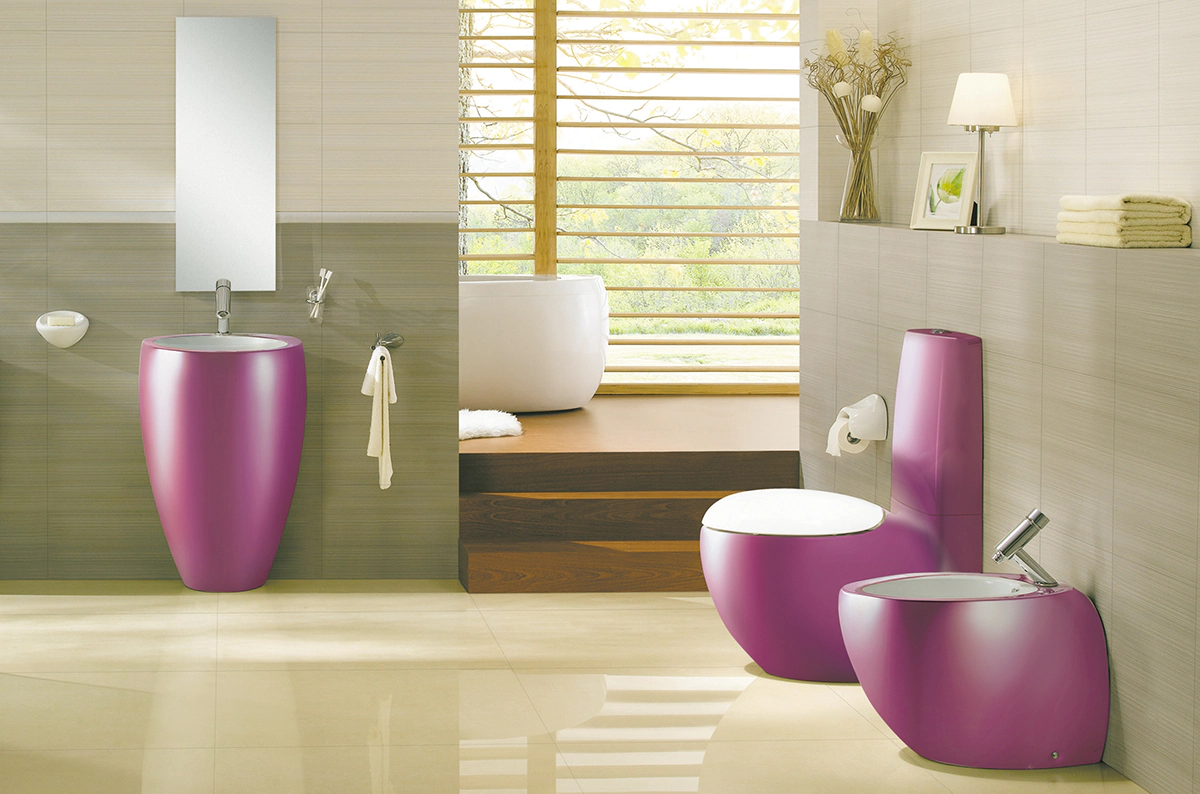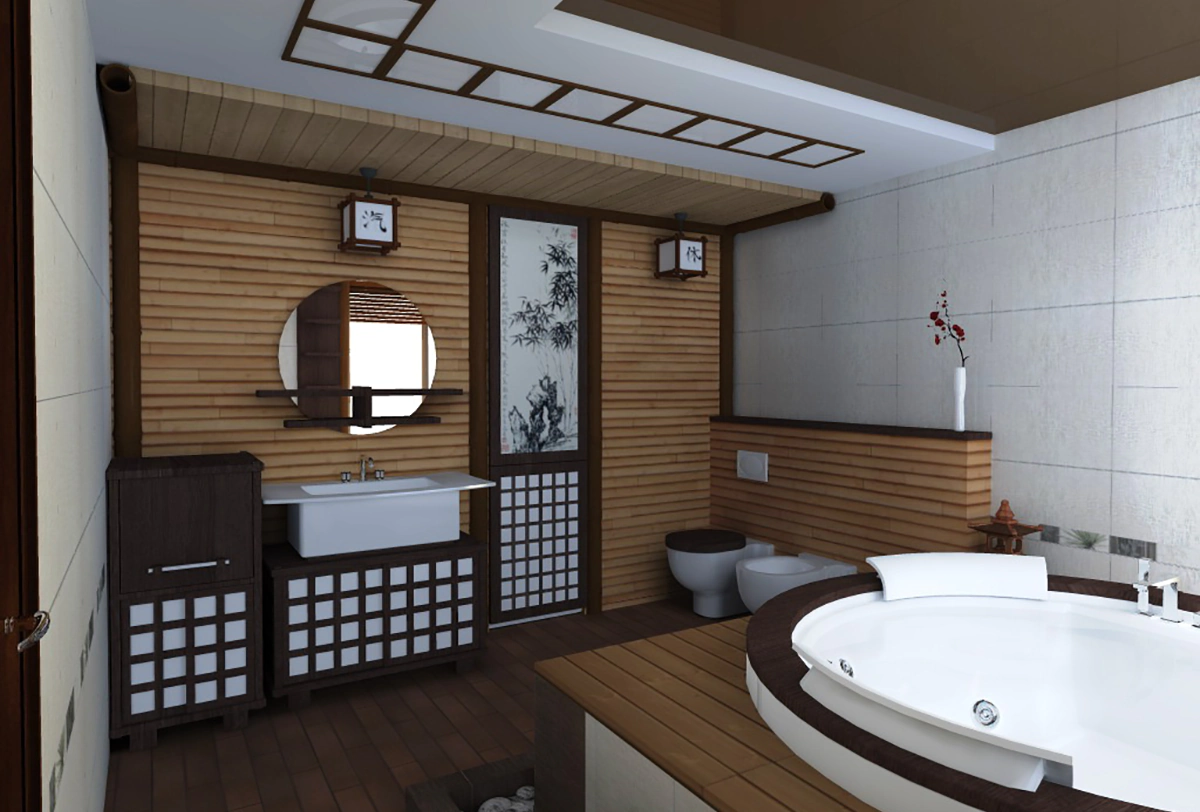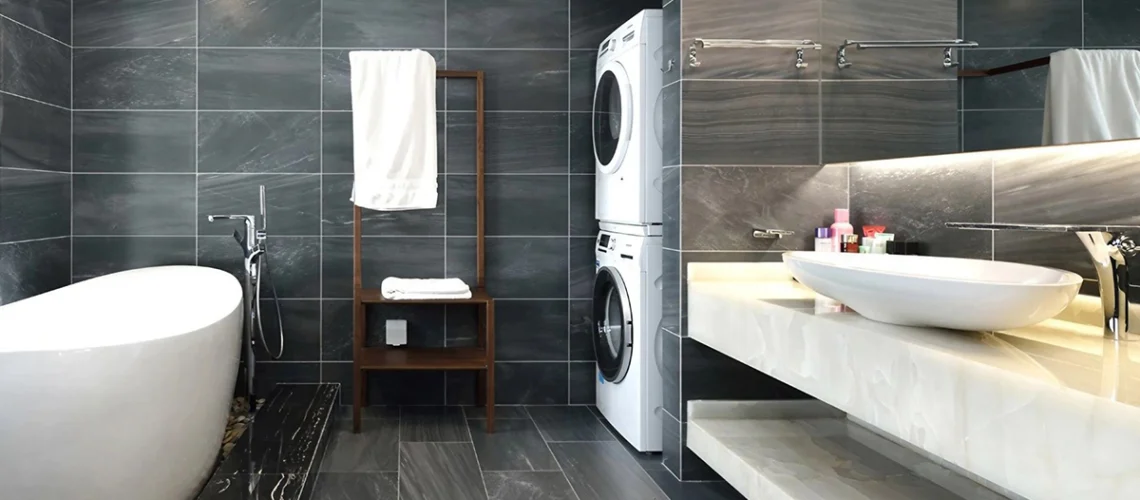Selecting the perfect plumbing fixtures for your bathroom remodel can transform your space from ordinary to extraordinary. With countless options available, making informed decisions requires understanding functionality, style, and long-term value. The right fixtures combine aesthetic appeal with practical performance, creating a bathroom that serves your needs for years to come.
Contents
Understanding Your Space and Needs
Before exploring fixture options, evaluate your bathroom’s dimensions, layout, and existing plumbing configuration. Measure carefully and consider traffic flow patterns to ensure adequate clearance around each fixture. Think about who uses the bathroom most frequently and their specific requirements, including accessibility needs and daily routines.
Budget considerations play a crucial role in fixture selection. Establish realistic spending limits for each component while factoring in installation costs, which can vary significantly based on plumbing modifications required. Remember that quality fixtures often provide better long-term value despite higher upfront costs.

Toilet Selection Fundamentals
Modern toilets offer numerous features beyond basic functionality. Two-piece toilets provide traditional styling and easier installation, while one-piece models create seamless, contemporary looks with simplified cleaning. Wall-mounted toilets save floor space and enable flexible height adjustment but require reinforced wall framing.
Flushing technology has evolved considerably, with dual-flush systems offering water conservation options for different waste types. Pressure-assisted toilets provide powerful flushing action ideal for high-traffic bathrooms. Consider comfort height models that position the seat at chair height for easier access, particularly beneficial for elderly users or those with mobility challenges.
Water efficiency ratings help reduce environmental impact and utility costs. Look for WaterSense certified models that use 1.28 gallons per flush or less while maintaining effective waste removal. Some high-efficiency toilets achieve excellent performance with as little as 1.0 gallon per flush.
Sink and Vanity Considerations
Bathroom sinks come in various mounting styles, each offering distinct advantages. Undermount sinks create clean lines and easy countertop cleaning, while vessel sinks provide dramatic focal points with artistic flair. Drop-in sinks offer versatility and cost-effectiveness, making them popular for budget-conscious renovations.
Material selection affects both appearance and maintenance requirements. Porcelain and ceramic sinks provide classic durability and easy cleaning. Natural stone options like marble or granite create luxurious appearances but require more maintenance. Glass vessels offer stunning visual impact but need careful handling and regular cleaning to maintain clarity.
Vanity integration impacts both functionality and style. Single-sink vanities work well in smaller spaces, while double-sink configurations improve morning routines in shared bathrooms. Consider storage needs and choose vanities with appropriate drawer and cabinet space for toiletries and linens.
Shower and Bathtub Options
Shower fixture selection depends on your preferred bathing experience and available space. Standard showerheads provide reliable performance, while rain showerheads create spa-like experiences with gentle, widespread water distribution. Handheld showers offer flexibility for various users and cleaning tasks.
Thermostatic mixing valves maintain consistent water temperature regardless of pressure fluctuations elsewhere in the house. Pressure-balancing valves prevent scalding by compensating for hot and cold water pressure changes. Digital shower systems allow precise temperature and flow control with programmable presets.
Bathtub choices range from standard alcove models to freestanding statement pieces. Alcove tubs maximize space efficiency in smaller bathrooms, while corner tubs utilize otherwise unusable areas. Freestanding tubs create luxurious focal points but require adequate floor space and proper structural support.

Faucet Selection and Finishes
Faucet styles significantly impact your bathroom’s overall aesthetic. Single-handle faucets offer convenient operation and contemporary appeal, while widespread faucets provide traditional elegance with separate hot and cold controls. Wall-mounted faucets create clean countertop lines but require precise rough-in placement.
Finish selection affects both appearance and maintenance requirements. Chrome provides classic shine and easy cleaning, while brushed nickel offers subtle elegance with better fingerprint resistance. Oil-rubbed bronze creates warm, traditional ambiance but requires more maintenance. Matte black finishes provide modern sophistication but show water spots easily.
Consider coordinating all fixture finishes throughout the bathroom for cohesive design. However, mixing finishes can create visual interest when done thoughtfully with complementary tones and styles.
Water Efficiency and Smart Features
Modern fixtures increasingly incorporate water-saving technologies without sacrificing performance. Low-flow showerheads use 2.0 gallons per minute or less while maintaining satisfying water pressure through innovative spray patterns. Aerators in faucets reduce flow rates while maintaining the sensation of full flow.
Smart fixtures offer convenience and efficiency through technological integration. Motion-sensor faucets reduce water waste and improve hygiene, particularly valuable in family bathrooms. Smart toilets provide features like heated seats, automatic flushing, and bidet functions for enhanced comfort and cleanliness.
Installation and Maintenance Considerations
Factor installation complexity into your fixture selections. Some choices may require significant plumbing modifications, electrical work, or structural changes that impact project timelines and costs. Discuss installation requirements with your contractor before making final selections.
Consider long-term maintenance needs when choosing fixtures. Some materials and finishes require regular care to maintain appearance, while others offer low-maintenance operation. Factor replacement part availability and warranty coverage into your decision-making process.
Making Final Decisions
Create a cohesive design by selecting fixtures that complement your overall bathroom style and color scheme. Consider how each fixture will look and function together rather than as individual pieces. Take advantage of manufacturer suites that offer coordinated fixture collections for guaranteed compatibility.
Test fixtures when possible before purchasing. Visit showrooms to experience water pressure, handle operation, and overall quality. Read reviews and research manufacturer reputations for reliability and customer service.
Your bathroom remodel investment deserves careful fixture selection that balances style, functionality, and value. By understanding your options and considering long-term needs, you can create a beautiful, efficient bathroom that enhances your daily routines and adds value to your home.
FAQs
Plumbing fixtures typically account for 15-25% of your total bathroom remodel budget. For a mid-range renovation, expect to spend $2,000-$5,000 on fixtures, while luxury remodels can range from $5,000-$15,000 or more. Remember to factor in installation costs, which can add 30-50% to fixture prices depending on complexity. Toilets range from $200-$2,000, sinks from $100-$1,500, faucets from $100-$800, and showers/tubs from $300-$5,000. Always allocate 10-20% extra for unexpected modifications or upgrades during installation.
Standard height toilets measure 14-15 inches from floor to seat, while comfort height (also called ADA-compliant) toilets measure 17-19 inches, similar to standard chair height. Comfort height toilets are easier for most adults to use, particularly beneficial for elderly individuals, people with mobility issues, or anyone with knee or back problems. They’re also more convenient for taller individuals. However, they may be less suitable for small children or shorter adults. Consider your household’s needs and demographics when making this choice.
Single-handle faucets offer convenience and modern appeal, allowing easy temperature and flow control with one hand. They’re ideal for contemporary designs and smaller sinks. Widespread faucets feature separate hot and cold handles, typically 6-8 inches apart, providing traditional elegance and precise temperature control. They work well with larger vanities and traditional design styles. Consider your sink size, design preference, and usage patterns. Single-handle faucets are generally easier to clean and maintain, while widespread faucets offer more design flexibility.
Freestanding tubs require adequate floor space (typically 6×3 feet minimum), proper structural support (up to 1,000+ pounds when filled), and accessible plumbing connections. Your bathroom should have at least 6 inches of clearance on all sides for comfortable access and cleaning. Check if your floor can support the weight – you may need reinforcement. Consider ceiling height for visual proportion and ensure proper drainage and water supply access. Consult a contractor to assess structural requirements and plumbing modifications needed for installation.
WaterSense certified fixtures meet EPA criteria for water efficiency and performance, using at least 20% less water than standard fixtures without sacrificing functionality. Benefits include reduced water bills (average household saves $380 annually), environmental conservation, and reliable performance. WaterSense toilets use 1.28 gallons per flush versus 1.6 gallons for standard models, while certified showerheads use 2.0 gallons per minute or less. Many utilities offer rebates for WaterSense fixtures, and they often qualify for green building certifications, adding value to your home.
You can successfully mix fixture finishes, but it requires thoughtful coordination. The key is choosing finishes that complement rather than compete – for example, pairing warm brass with oil-rubbed bronze, or combining chrome with brushed nickel. Stick to 2-3 finishes maximum to avoid a chaotic look. Consider designating one finish as dominant (60-70% of fixtures) and others as accents. Alternatively, use the same finish family in different tones, like matte black and brushed black. Always coordinate finishes with your overall design style and other bathroom elements like lighting and hardware.



